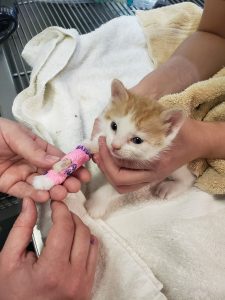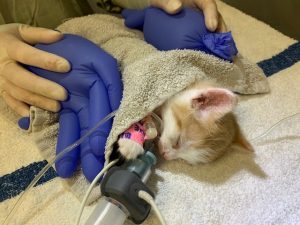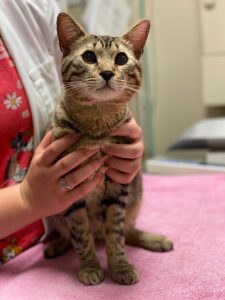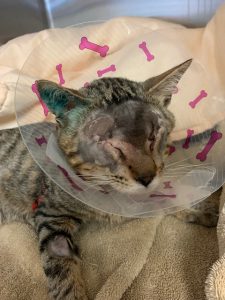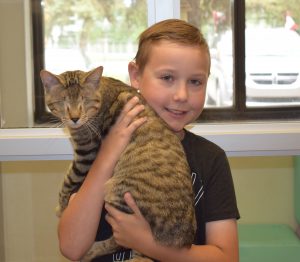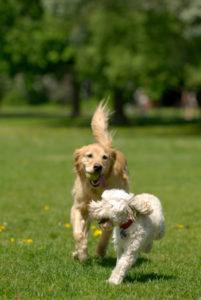With many of us spending the past several months working from home, our pets may have become used to having us around all day. But, what happens when the time comes to return to the office or classroom?
Separation anxiety, especially with dogs, can be a problem! It’s triggered when a pet is upset by being separated from their guardians and the people they are attached to. It can bring about undesirable behaviours such as barking, inappropriate defecation or urination, chewing, digging or trying to escape. While most behaviours are relatively mild, some can be more severe resulting in injury or household destruction, especially around exit points such as windows and doors.
There are some steps you can take ahead of returning to work or school to help avoid or reduce anxiety in your pet when they are alone:
Don’t be too quick to eliminate old habits. If your dog had been used to you being away for a certain period before, try to ensure that at least a few times per week you are away from them for a similar time. This can be done by placing your pet in his or her kennel or another separate space or room where they cannot see or hear you.
Implement an “ignore policy” for at least two hours each day. Even if you are stuck at home, there will be a time when your pet does not have access to you physically or verbally – just like when you are away.
Spend some time physically out of the house. Whether it’s gardening, cutting the grass, taking a long walk, shopping or attending to some errands, exit the house for a while. When you leave, say goodbye to your pet just as you would when you depart for the day. This will help your pet get used to you being away and that you will be back. A tasty treat or chew will also make your pet realize that good things can happen too when you leave!
If you haven’t crate-trained your dog, now is a GREAT time! Even dogs who are fantastic loose in the house can benefit! There may come a day when your dog needs to be kept at the vet, boarded at a facility or transported by plane and they will need to be comfortable in a crate! If you’re home now, you can break the training into little pieces.
If your pet does get a little upset when alone, don’t worry. Many dogs will give up barking or crying after a few minutes. If they persist or escalate, you may need to knock on the door to distract them and say “Quiet”. After a few minutes of being calm, you can let them out or give them a treat to reward their good behaviour. Work on gradually extending that quiet time until it becomes natural and normal.
If your pet does take a step backward here or there, it is important not to punish or scold them as this may only serve to increase their anxiety. The behaviour is not a result of poor training or spite, but rather a result of them trying to cope with a great deal of stress. If the problem persists, consult with your family veterinarian about other possible solutions.
The important goal is that your pet routinely spends time away from the family while you are working from home and that your dog is not distressed during those periods of alone time. With a little time, patience and focus, you and your dog can continue to be happy and content when you are back to your regular life and routine!
